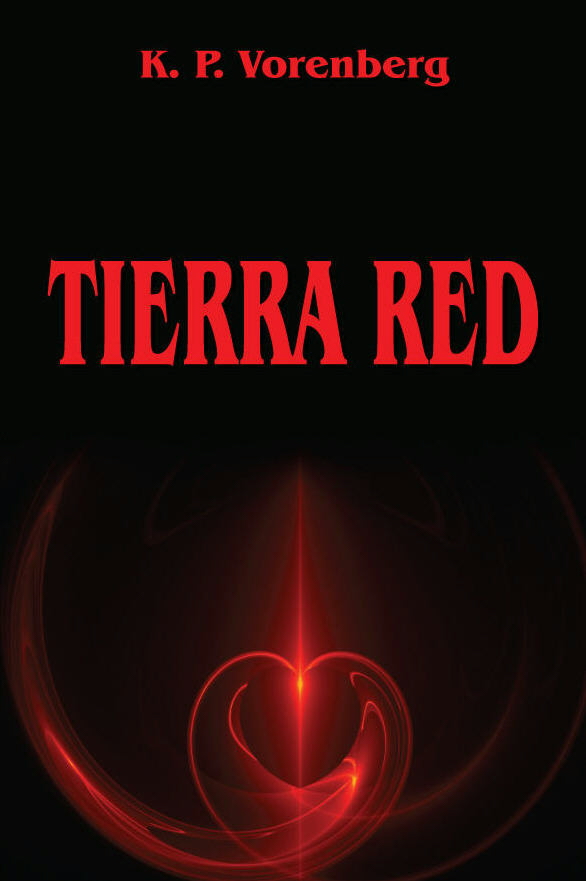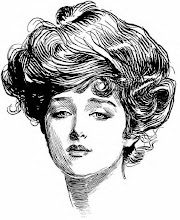Monday, November 14, 2011
Those Dangerous Gibson Girls!
I received the most fascinating piece of Victorian trivia in my email box a few days ago from Melissa Rolston of the Victorian Trading Company :
Few would regard such ornamental accoutrements that pierced lavish bonnets as a liability. But scouring through past events it was obvious that Gibson Girls everywhere were armed and dangerous. I attended an antique show last week anxious to hear further tales from the sellers of all things old. One gentleman ceremoniously extracted a Victorian hatpin from his jeweler's case. The heirloom was encrusted with diamonds, emeralds, and sapphires and cast in the form of a sword with a filigree sheath. He shared with me the theory that this sacred artifact was utilized as a self-defense weapon.
The intrigue of this practice prompted me to delve deeper into the subject. It appears that the suffragette movement denounced the Victorian fashion trend of ribbons tied under the chin to be naive and submissive. Edwardian women opted for a more practical approach to securing their magnificent headpieces against an unannounced gust. A controversial event that occurred in 1908 launched bans on the sharp jewelry. It was recorded that an insecure English judge demanded that women on trial remove their hats in fear of weapons in his courtroom. Soon thereafter it was mandated that any woman piercing her bonnet with a hatpin required a license should her pin extend 9". Many ladies were forced to have their pins cut down in order to sport them in public, frequently wearing them as "stick pins" upon their bodices . . . .
The term "pin money" hails from the English Parliament's restriction on the popular hatpin imports from France in the early 1800s. The British were alarmed by the effect of the highly-sought Parisian jewelry had on the balance of their trade and thereby restricted the sale of the pins to be only Janauary 1st and 2nd. Englishwomen saved all year for this frenzied splurge known as "January Sales".
Who would have thought of our Lily as being "armed and dangerous" over an ornamental hatpin?
Subscribe to:
Posts (Atom)







